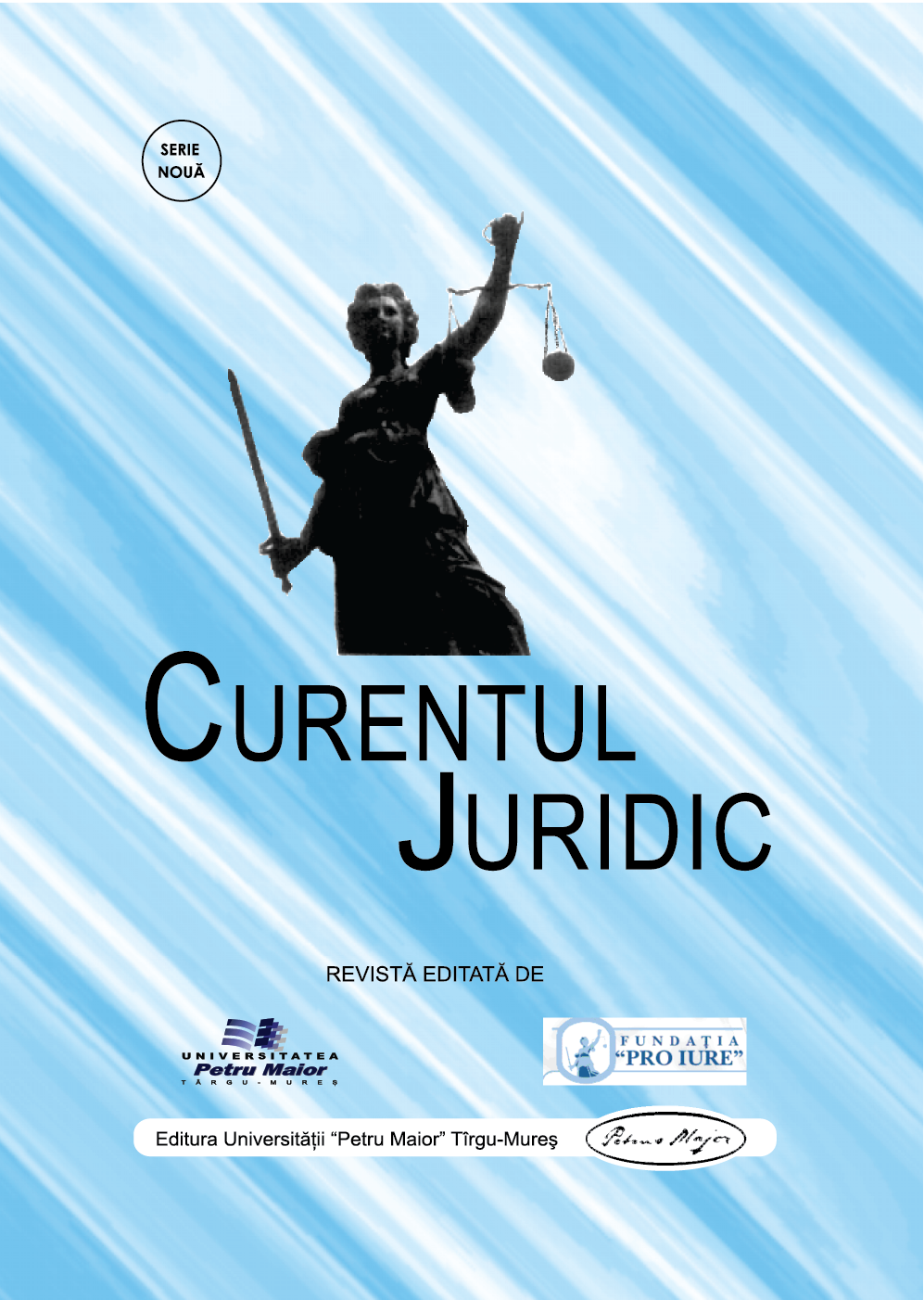IMPAIRMENT OF FREEDOM OF EXPRESSION THROUGH THE STATE OF EMERGENCY
IMPAIRMENT OF FREEDOM OF EXPRESSION THROUGH THE STATE OF EMERGENCY
Author(s): Gabriel ManuSubject(s): Law, Constitution, Jurisprudence, Civil Law, International Law
Published by: Editura University Press, Universitatea de Medicina, Farmacie, Stiinte si Tehnologie “George Emil Palade” din Targu Mures
Keywords: freedom of expression; fake news; law of exception; state of emergency; public information; COVID 19 pandemic; administrative decision; fundamental rights and freedoms;
Summary/Abstract: The right of exception established during the state of emergency provides for measures aimed at the sphere of manifestation of the right to free expression, such as to affect its full exercise. The special state of emergency recently ruled in Romania includes a series of measures in the field, derived from the general obligation of public institutions and authorities, as well as private operators to contribute to the public information campaign on measures adopted and activities carried out on the national level, in connection with the COVID 19 pandemic. In the event of the spread of false information in the media and online on the evolution of COVID-19 and on protection and prevention measures, public institutions and authorities shall take the necessary correctly and objectively the population in this context. For the application of the measures provided in the decree instituting the state of siege or the state of emergency, the military authorities, as well as the other public authorities provided in the decree have a series of attributions, among which to temporarily suspend the publishing or broadcasting of publications or programs. radio or television stations (art. 20 letter k) of the GEO no. 1/1999). A legal rule must regulate in a unitary, uniform manner, set minimum requirements applicable to all its addressees and not allow arbitrariness or abuse. From this perspective, the content and application of the provisions aimed at removing from the public space fake news about the evolution of COVID-19 and the protection and prevention measures, generated controversy and activated institutional mechanisms to clarify them. The norms in question consequently generate an impermissible margin of appreciation of the competent authorities, in connection with determining elements of the administrative decision, some identified by the Ombudsperson in the context evoked: the notification procedure and the one through which the spreading of fake news is monitored in the context of the COVID-19 crisis; the legal framework (non-existent) comprising the criteria for establishing the “news” content and its “fake” character; the perspective from which the news about which there are suspicions regarding the authenticity, credibility of the sources, but also of those with a scientific basis are analysed; the way of performing the analysis, in relation to the content of the information, their authenticity and accuracy, the credibility of the sites that host the information, the credibility of the sources but also the purpose pursued by publishing that information; the procedure for adopting the decision implementing the measure. Regardless of their nature and content, the tools meant to combat the phenomenon of fake news will have to pass through the filter of fundamental rights and freedoms, in order to avoid the situation of combating tomorrow's misinformation with the legal instruments of the past..
Journal: Curentul Juridic
- Issue Year: 83/2020
- Issue No: 4
- Page Range: 41-49
- Page Count: 9
- Language: English

